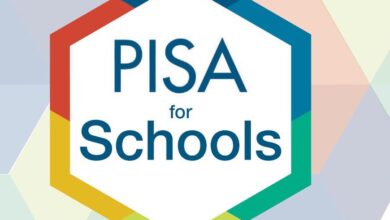Percentage: An Entertaining Guide to Mastery and Practice

Percentages are not only a crucial mathematical idea, but also have several real-world applications in domains like economics, physics, and statistics. Being able to calculate discounts, taxes, and tips all need an understanding of percentages, making this a skill essential to daily life. Nonetheless, some students may have trouble grasping percentages at first and would benefit greatly from extensive review and practice. In this piece, we’ll look at several engaging activities that might help you get better at using and calculating percentage problems.
Helpful Images
Percentages can be difficult for children to grasp, but they can be greatly aided by visuals. Students can see the relationship between percentages and entire numbers via pie charts, bar graphs, and line graphs. Percentages may be made more concrete for pupils through the use of blocks or cubes as manipulatives by their teachers.
Functions in the Real World
Putting percentages to use in the real world is a great way to make learning about them more interesting and enjoyable. To assist students to see the relevance of percentages in the real world, teachers might utilize examples like computing discounts, gratuities, and taxes. Furthermore, students may conduct their own surveys and utilize percentages to evaluate and understand the results.
Puzzles and Games
Percentages may be more fun to learn using games and puzzles. Games like “Percent Bingo” and “Percentage Jeopardy” can help teachers drill students on percentages in the classroom. Percentage practice may also be made more enjoyable by giving pupils puzzles like the “Percentage Crossword” or “Percentage Sudoku.”
Websites With Useful Information
Percentage instruction and practice may be greatly aided by using online resources like videos, quizzes, and interactive games. Online learning communities such as Khan Academy, Math Playground, and Math Goodies provide students with a wealth of materials for the independent, self-paced study of ratios.
Studying Together
Group study may make memorizing percentages much more interesting and fun. Collaborative problem-solving is a skill that may be fostered in the classroom by encouraging students to work in groups. The practice of peer teaching, in which students take turns explaining and teaching the ideas of percentages to their peers, is also helpful.
Conclusion
In conclusion, if we employ the proper methods and materials, studying percentages can be exciting and rewarding. Teachers can aid students in learning percentages by using visual aids, real-world applications, games and puzzles, internet resources, and collaborative learning. Students can gain comfort and competence in using percentages successfully in everyday situations via regular practice and repetition.





